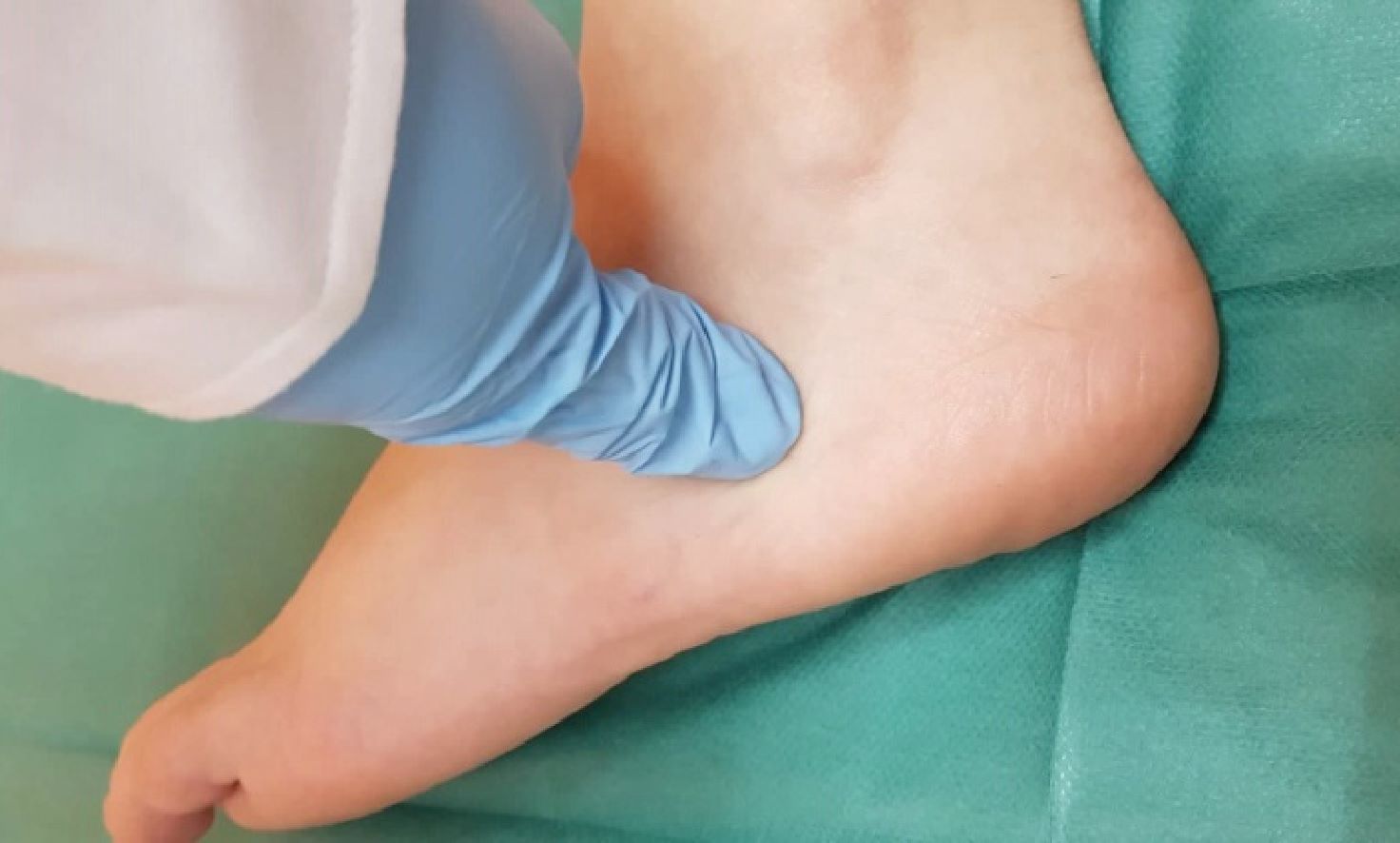
Cuboid Syndrome might sound like something out of a sci-fi movie, but it's a real condition affecting many people, especially athletes. This foot problem occurs when the cuboid bone, a small bone on the outer side of the foot, gets out of alignment. Symptoms often include pain, swelling, and difficulty walking. It's usually caused by trauma, overuse, or even wearing the wrong shoes. Treatment can range from rest and ice to physical therapy and specific exercises. Understanding this condition is crucial for anyone who spends a lot of time on their feet. Let's dive into 20 facts that will help you grasp what Cuboid Syndrome is all about.
What is Cuboid Syndrome?
Cuboid Syndrome is a lesser-known foot condition that can cause significant discomfort. It occurs when the cuboid bone, located on the outer side of the foot, becomes partially dislocated. This condition often affects athletes and dancers due to repetitive stress on the foot.
-
Cuboid Syndrome affects the cuboid bone: The cuboid bone is one of the seven tarsal bones in the foot. It plays a crucial role in stabilizing the foot and providing support during movement.
-
Common in athletes and dancers: Activities that involve repetitive foot movements, such as running or dancing, can increase the risk of developing Cuboid Syndrome.
-
Symptoms include pain and swelling: People with Cuboid Syndrome often experience pain on the outer side of the foot, swelling, and difficulty walking.
Causes of Cuboid Syndrome
Understanding the causes of Cuboid Syndrome can help in preventing and managing the condition. Various factors can contribute to the development of this syndrome.
-
Repetitive strain: Continuous stress on the foot from activities like running, jumping, or dancing can lead to Cuboid Syndrome.
-
Injury or trauma: A sudden injury, such as twisting the foot awkwardly, can cause the cuboid bone to become misaligned.
-
Improper footwear: Wearing shoes that do not provide adequate support can increase the risk of developing this condition.
Diagnosing Cuboid Syndrome
Accurate diagnosis is essential for effective treatment. Healthcare professionals use various methods to diagnose Cuboid Syndrome.
-
Physical examination: Doctors often start with a physical examination, checking for tenderness and swelling in the affected area.
-
Imaging tests: X-rays or MRI scans may be used to rule out other conditions and confirm the diagnosis.
-
Patient history: Understanding the patient's activity level and any recent injuries can help in diagnosing Cuboid Syndrome.
Treatment Options for Cuboid Syndrome
Several treatment options are available to alleviate the symptoms and promote healing. These treatments range from conservative methods to more invasive procedures.
-
Rest and ice: Resting the foot and applying ice can help reduce pain and swelling.
-
Manipulation: A healthcare professional may perform a manual manipulation to realign the cuboid bone.
-
Orthotics: Custom orthotic devices can provide support and prevent further strain on the foot.
-
Physical therapy: Exercises and stretches designed by a physical therapist can strengthen the foot and improve mobility.
Preventing Cuboid Syndrome
Prevention is always better than cure. Taking certain precautions can help reduce the risk of developing Cuboid Syndrome.
-
Proper footwear: Wearing shoes that provide adequate support and cushioning can help prevent this condition.
-
Warm-up exercises: Performing warm-up exercises before engaging in physical activities can prepare the foot and reduce the risk of injury.
-
Strengthening exercises: Regularly performing exercises that strengthen the foot muscles can provide better support and stability.
Interesting Facts about Cuboid Syndrome
Here are some intriguing facts that you might not know about Cuboid Syndrome.
-
Also known as "Cuboid Subluxation": Cuboid Syndrome is sometimes referred to as Cuboid Subluxation, highlighting the partial dislocation aspect of the condition.
-
Can affect both feet: Although it is more common in one foot, Cuboid Syndrome can affect both feet simultaneously.
-
Not always easy to diagnose: Due to its rarity and the similarity of symptoms to other foot conditions, Cuboid Syndrome can be challenging to diagnose.
-
Can recur: Even after successful treatment, there is a possibility of Cuboid Syndrome recurring, especially if preventive measures are not taken.
Final Thoughts on Cuboid Syndrome
Cuboid Syndrome, often overlooked, can cause significant discomfort. Recognizing symptoms early helps in managing pain and preventing further complications. Common signs include pain on the outer side of the foot, difficulty walking, and swelling. Treatment options range from rest and ice to physical therapy and orthotics. Athletes and active individuals should pay extra attention to their foot health, as they're more prone to this condition. Preventative measures like proper footwear and regular stretching can make a big difference. If you suspect Cuboid Syndrome, consult a healthcare professional for an accurate diagnosis and tailored treatment plan. Staying informed and proactive is key to maintaining foot health and overall well-being. Remember, your feet are the foundation of your mobility; taking care of them should be a priority.
Was this page helpful?
Our commitment to delivering trustworthy and engaging content is at the heart of what we do. Each fact on our site is contributed by real users like you, bringing a wealth of diverse insights and information. To ensure the highest standards of accuracy and reliability, our dedicated editors meticulously review each submission. This process guarantees that the facts we share are not only fascinating but also credible. Trust in our commitment to quality and authenticity as you explore and learn with us.


